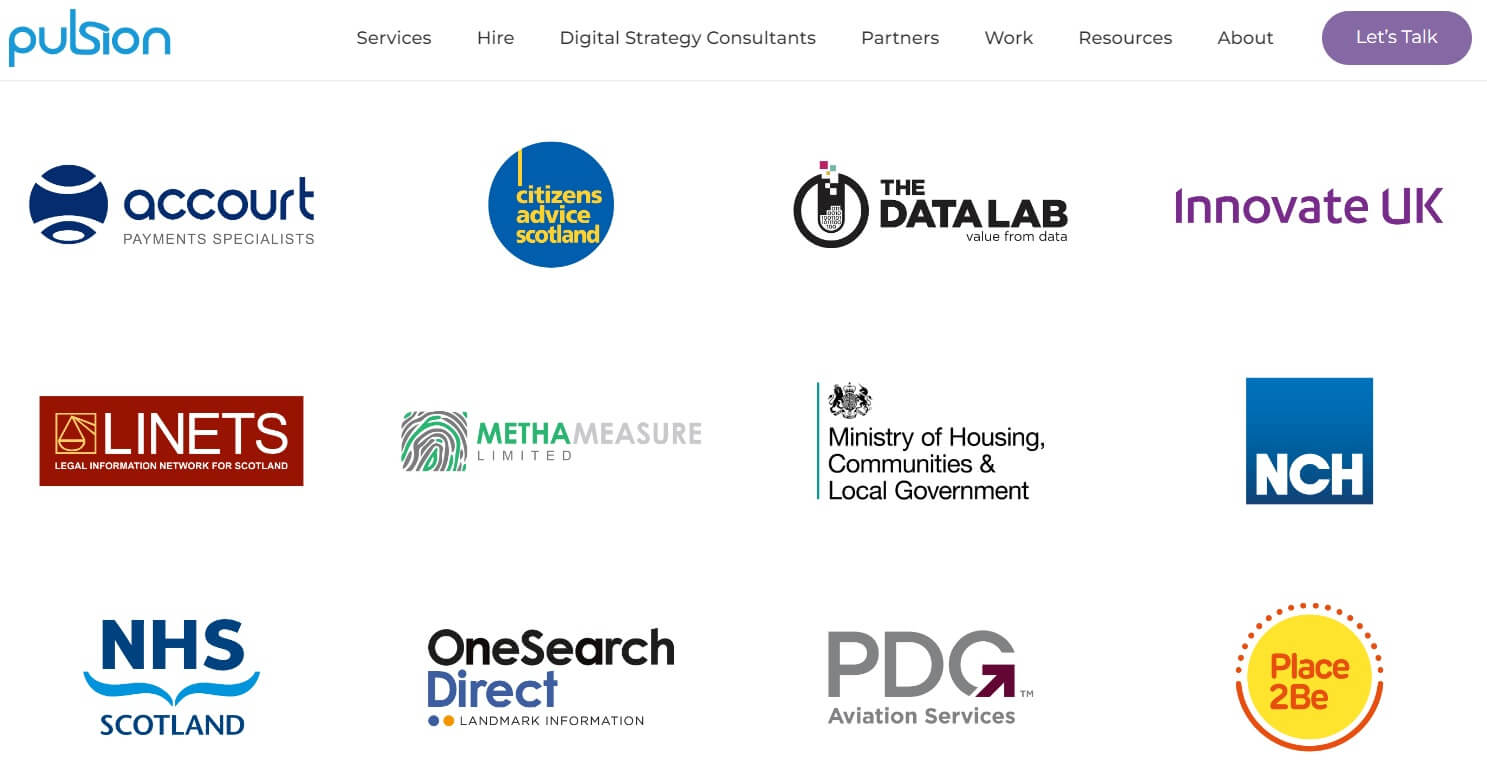Effective risk management in software development mitigates project risks, software risks, and external risks, allowing developers to create software within budget and increase the probability of project success. Project risk management is integral to risk mitigation in software engineering.
Consider how many startups fail and why. Investopedia claims that 20% of startups fail in their first year, while 65% fail within 10 years. The main reasons for failure are running out of funds, targeting the wrong market, a lack of research, and a bad partnership. All these risks can be mitigated.
Meanwhile, Quantitative risk compliance statistics show that 69% of business executives lack faith in their current risk management strategies and 62% of organisations experienced critical risks in the last three years. Let’s ensure to reduce risks with a proper risk management plan for any business size.
What Is a Risk Management Plan in Software Development?
An effective risk management plan in software development will assess all potential risks for a risk register and analyse the best methods for managing risk as the project progresses. A project risk includes budget overruns or project delays.
Meanwhile, a software risk may include technical challenges or security issues. Software developers can proactively manage risks to minimise potential risks from overspending, missed deadlines, or poor software quality with proper project management.
What Type of Project Risks Exist in a Software Development Lifecycle?
A project risk management plan involves assessing, analysing, and preparing for the following risks:
- Business risks
A project manager also assesses the risk of building products users don’t need in a business risk management plan. Managers also manage risks related to possibly designing software with fiscal losses due to the product not being superior enough for the intended market.
- Operational risks
Operational risks include risks within project management and the methods used to analyse all project risks for the software developers and project stakeholders. Any issue that may challenge the project’s completion could be an operational risk, including a lack of developer resources.
- Project risks
Assessing project risks includes analysing resources, milestones, schedules, deadlines, and the risk of budget overruns and project delays. One critical project risk is schedule slippage because computer code is difficult to monitor in real-time.
- Technical risks
The risk management plan also needs to account for technical probabilities, which include interface design, code, maintenance issues, security vulnerabilities, and incomplete specifications for developers. All other risks raise project risk.
- Software risks
Software risks are similar to technical challenges, which include poor code quality, using the wrong tech stack for software, or integration issues. A software risk is also often another way of saying a project risk. Ultimately, a software risk refers to any threats within a project, including any unexpected risks.
The Importance of a Project Risk Management Process
A complete risk analysis and risk management plan could benefit your software development in the following ways:
- Reduce your risk exposure during the software development process
- Prevent lost revenue and enhance cost reduction in the development process
- Implement efficient allocation of workforce and financial resources in software projects
- Produce higher productivity in software engineering projects and each project task
- Avoid scope creep, budget overruns, and timeline delays in scheduled projects
- Offer improved risk identification and a reduced likelihood that the risk will occur
- Provide enhanced compliance standards for developing location-specific software
- Result in better overall customer satisfaction with a lower chance of future risks
Project Risk Management Steps for Success
The project risk management process has five steps for implementation, depending on the framework used. However, here are the six typical steps of a software risk management process plan:
- Identify risks
Project managers work systematically to identify risks in the risk identification step, using risk mitigation techniques. They identify potential threats or hazards related to the business, operations, software, or technical side. Managers may use a risk register to capture potential threats.
- Analyze risks
The next step in a project risk mitigation plan is to analyse the identified risks in a complete risk analysis to determine the potential impact and chance of the identified risks occurring. The risk analysis also evaluates all potential risks consequences and the best mitigation plans.
- Prioritise risks
The risk analysis step reveals the crucial aspects of the identified risks. Project managers will use quantitative or qualitative measures to prioritise risks in software development in the third step. It isn’t the same as a risk analysis. Instead, managers conduct a full risk assessment for quality and quantity.
- Implement risk management techniques
The fourth step is to plan and implement risk management strategies using proven methods to reduce identified risks from the risk analysis and assessment. Project managers implement risk management responses, mitigation, and contingency strategies to reduce the potential consequences.
- Monitor risks
Next, project managers monitor and track threats in a risk matrix or a risk register, both tools to help project managers effectively record all potential threats. Such risks must be tracked and monitored continuously to identify status changes and the effectiveness of risk management strategies.
- Review risks
Finally, project managers review the threat levels of vulnerabilities noted in the risk register to change management methods in risk mitigation. Managing risk exposure is an ongoing process in which managers must continuously update risk mitigation plans throughout the software development process.
The Best Risk Management Tools Available to Manage Risks
Learn more about us to realise how we value quality in software development at Pulsion. Our team has long thrived on the success of businesses’s software development projects.
We’ve helped various clients reduce risks effectively with a risk analysis and management plan before developing software. We pride ourselves on reducing project risks for top clients in the UK.

Our team even developed risk management software to help professionals reduce risk exposure with efficient risk mitigation tools. Velappity is our software designed to help risk mitigation strategies.

Alternatively, contact us today to ensure proper project risk management in software development.
How to Mitigate Risks With A Guided Project Risk Management Plan
Let’s help you oversee a project manager completing a risk register and assessing all potential threats to your project, business, or software development goals. Managing risk effectively is possible with our expert guidance, your knowledge of the processes, and collaboration between you and management.
Identify Project Risks for a Software Project
Start by identifying potential risks and classifying risks in a risk register. Provide as much detail about each threat as possible to discover efficient solutions in the coming steps. Then, classify threats into a business, operational, project, or software risk category.
Conduct a Risk Analysis
Next, start your risk analysis by determining the chance of the threat occurring. Design a risk matrix to help you prioritise your threat by probability. Common risk analysis techniques include:
- A needs assessment
Identify business needs and gaps to determine the probability of threat consequences on business goals and needs. The greater the threat, the higher managers prioritise it in the next step.
- A business impact analysis
Managers use a business impact analysis to determine the likelihood of operational setbacks, which may impact the need for investment to prevent failure or recover if the project fails.
- A cost-benefit analysis
A cost-benefit analysis in risk analysis is when project managers weigh the pros and cons of each potential consequence related to a specific project risk.
- A failure mode and effect analysis
The failure mode and effect analysis help managers forecast potential failures and prepare resources for the threats if the likelihood of occurrence is great.
Prioritise Potential Risks or Potential Problems
The next step in the project risk management plan is to prioritise the threats according to the risk analysis. The risk analysis identifies the threat type, possible management strategies, the probability of occurrence, and the financial cost of experiencing the threats.
Develop Your Systems Risk Management Plan and Process
The key to risk management is to develop your strategies according to the priority threats. To the best of a project manager’s knowledge, they plan for the most likely risks and create thresholds where they’ll take action to prevent or reduce the consequences of threats in projects.
Communicate Frequently With Software Teams and Stakeholders
Efficient expectations are that a project manager must ensure team effort to prevent and reduce a software risk. The entire team must rely on estimating threats a project manager outlines before they can happen. Hence, the team will depend on the manager’s priorities to implement a management plan.
Handle Technical Risks Early for Better Risk Mitigation
Good project managers within your software development team will deal with technical challenges right away, whether changing specifications or instructing developers to rewrite the code before consequences happen. A team will also integrate technologies to prevent high-priority threats.
Monitor Continuously for Identifying New Risks
The next step of a risk management plan should include project managers continuously reviewing the risk register and priorities throughout development processes to ensure key threats in systems remain minimal. Also, potential problems can escalate during development. Continuous monitoring is essential.
Reinforce the Security Architecture in the Software Development Process
The development team will use the project manager’s risk management plan to integrate effective security measures against vulnerabilities. The team will also change the code to reinforce security architecture against cyber threats as new threats emerge.
Summing Up Project Risk Management in Software Development
Identifying potential risks in software engineering could prevent scope creep and lost revenue in projects. It could help the team assign resources where necessary, avoid delays, and design optimal code and technologies to reduce the potential consequences of threats.
The likelihood of success rises once you conduct a formal risk analysis. Let us help you, even welcoming you to manage your software development team for optimal results. Contact us today to reduce the effects and possible losses and delays aiding project failure.
Project Risk Management in Software Development FAQs
What Are the 5 Project Risk Management Process Steps?
The final steps include monitoring and reviewing threats. However, these steps are integral to Agile risk management. The most widely used risk management steps include:
- Risk identification
- Risk analysis
- Risk prioritisation
- Risk management
- Risk monitoring
- Risk reviews
What Is the SDLC in a Project Risk Management Process?
The software development life cycle (SDLC) refers to the processes and steps within software development. The SDLC includes a phase where project managers analyse threats to your project, including the assessment of requirements called the requirements analysis process.
What Are the Top Risks in the Software Development Life Cycle?
Our software development life cycle requirements gathering and analysis blog explains how the strategy can outline a project timeline and have all developers working on the same page. Also, it can prevent project failure and exorbitant costs to put the right software on the market the first time.














